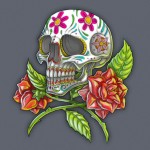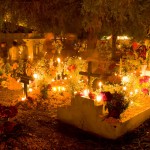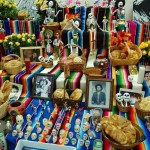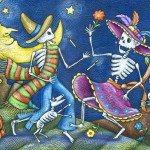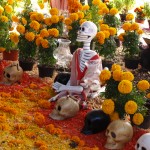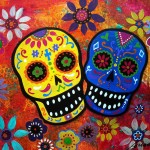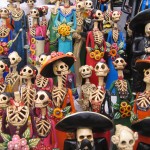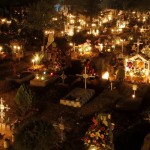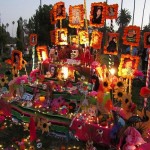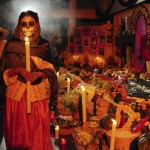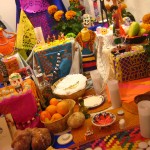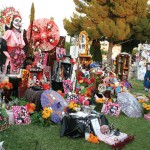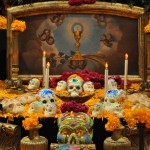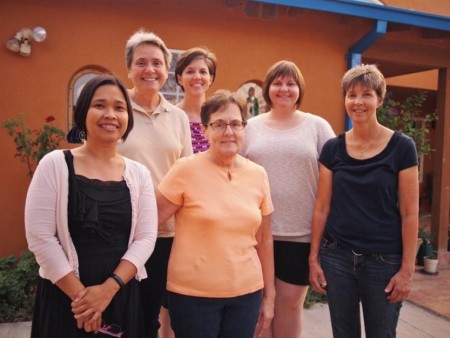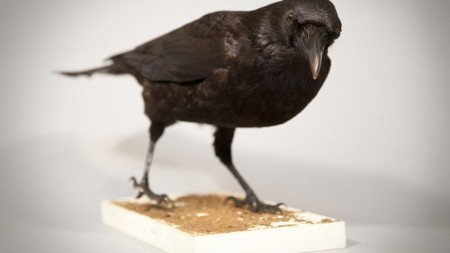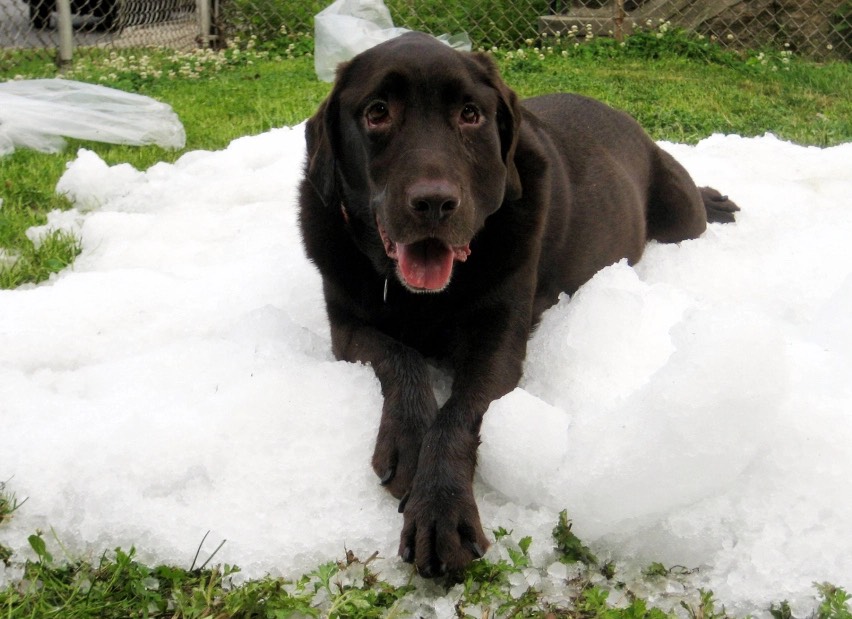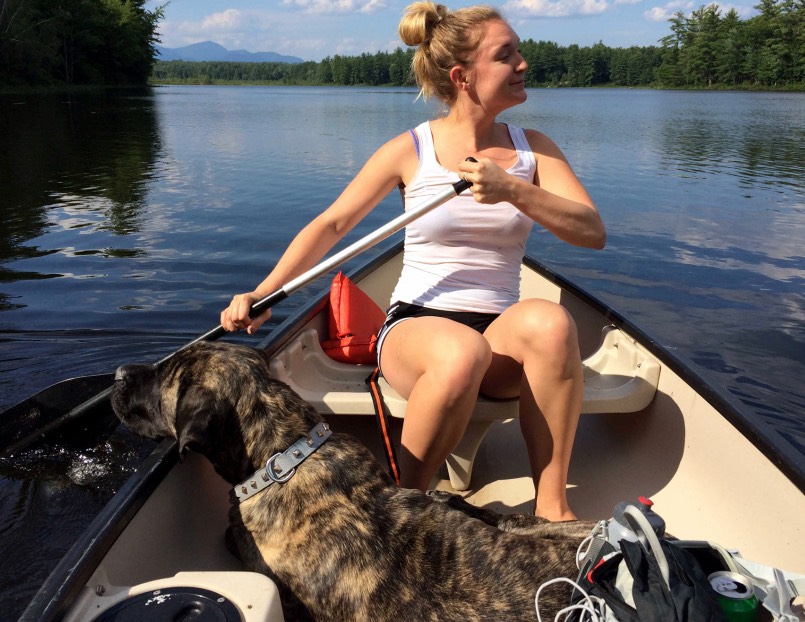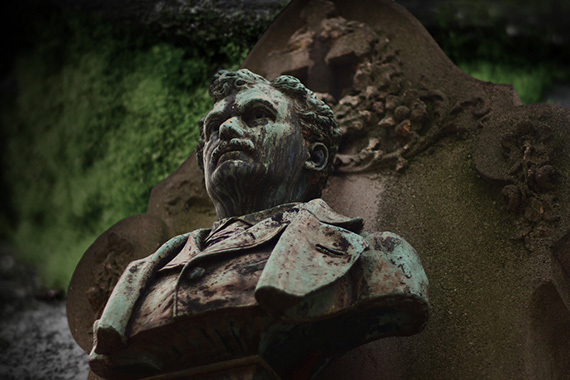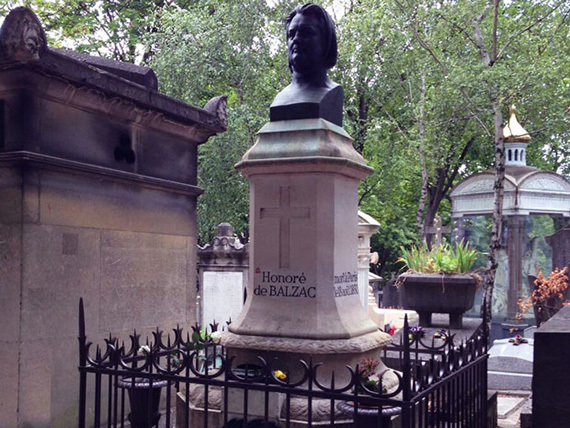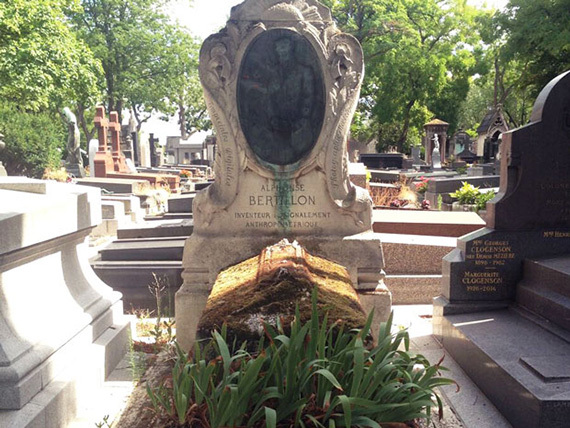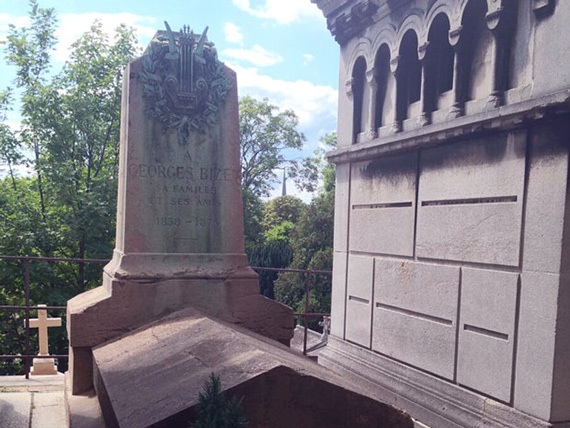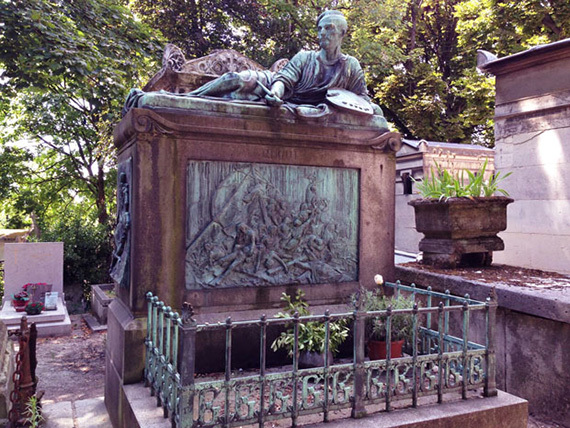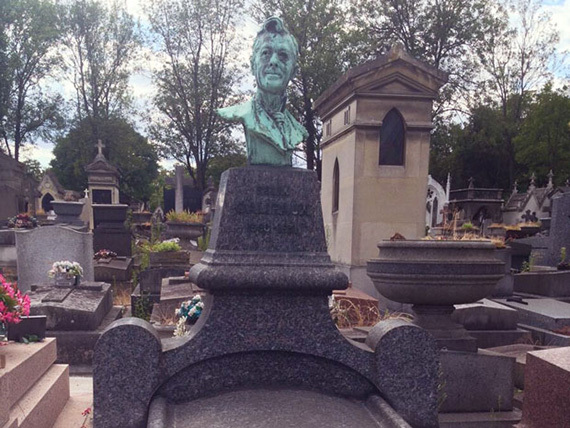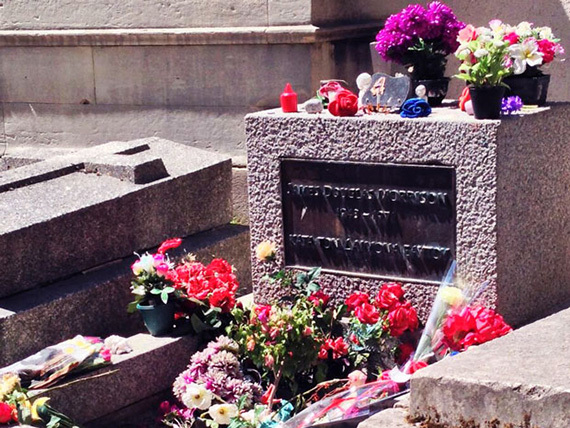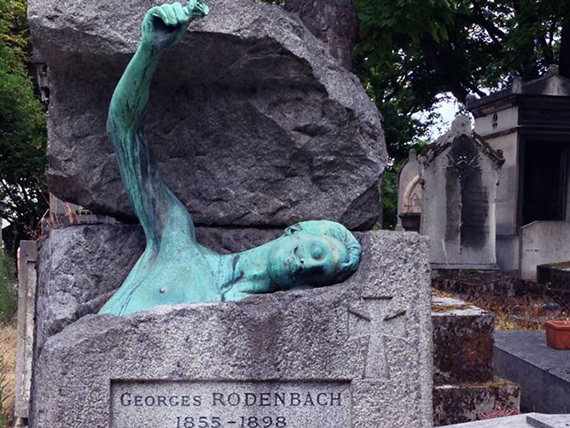By MICHAEL D. FRATKIN, MD

The extraordinary pain of many people around you is unaddressed, and the scale of that unmet need would shock you if you saw it. Compartments of privacy separate you from the experience of your neighbors and even your own families. I understand that you have been unaware as well as hopeful that our medical system will either fix the problems or, at least, soothe the pain. It does neither consistently. The grappling of human beings to make sense out of the fact that they die has only been hiding in plain sight for a short time, and our society is awakening. That is both good news and a difficult truth.
Don was a “damn good” bookkeeper, he told me at our first palliative care visit in his home, and an amazing father according to his daughter. Don wished he hadn’t smoked the way he had, but 438,000 cigarettes later, he had widespread lung cancer. Taking a shot with palliative chemotherapy, neither of us had much confidence it would deliver value.
It’s a fair estimate that 107 billion people have been born in about 140,000 years of human history … the mothers and fathers of us all. Our modern medical system is less than 100 years old. Through technology and deepening understanding of our biology, lifespans are extended and the quality of life for most of us currently living is enhanced … for a while.
And yet, when we actually begin to complete our lives we do so without the simple things we need. For nearly all of human history, dying was no surprise as it occurred in close proximity to our living. In our modern system, we have hidden it away in hospitals, nursing homes and behind the closed doors of neighbors we don’t really know very well. The structures of coping were family and community, supported by the best efforts of those possessing certain skills directed at soothing the process without any illusions about changing the outcome. With such support, people died well, in peace, and with context. While our modern medical system brings enormous value to us while we navigate the beginning and the middle of our lives, it is an open secret that people have never suffered as badly as they do now as they complete their lives.
His weight continued to peel off, and even one cycle of chemotherapy was a “nightmare.” He accepted hospice without a lot of fanfare. With a long and short acting opiate, and a whiff of lorazepam at bedtime, his pain and breathlessness were well controlled despite increasing oxygen requirements. He got to work on “closing the books” and his daughter moved in.
A dynamic conversation about care for people with serious illness and those approaching death is exploding nearly everywhere in our society. From outside my field of palliative medicine, there is the work of Ellen Goodman and the Conversation Project, the intimate chronicles of Oliver Sacks last days in the New York Times, and the Institute of Medicine’s sentinel report on “Dying in America.” Atul Gawande with his bestseller, Being Mortal, offers his own awakening to the terrible truth of how our system of medicine fails to deliver the care needed and perpetuates the flimsy idea that we can fix anything.
From within the health care system, decades of effort from the likes of physician/author Ira Byock and trailblazing physician/ leader Diane Meier, as well as thousands of dedicated and inspired professionals, are bearing fruit to bring Palliative Care to central relevancy in discussions of health care delivery and reform. Baby Boomers like myself are being confronted with the truth of aging, the limits of technology, and the waste of a system that is doing exactly what it is designed to do. In his recent TED talk, BJ Miller put it simply, “Health care was designed with diseases at its center, not people. Which is to say that it is badly designed.”
As the weeks unfolded, Don’s world got smaller as he spent more time with the TV off instead of on. When I asked him about his process, he shrugged. He admitted that he was feeling physically better than he had now that the chemotherapy was cleared out, and that he was more relaxed with his daughter in the other room and hospice available anytime. “They are great, and a big relief.”
A millennial voice was also recently heard. That of Brittany Maynard, the 29-year-old Californian woman who relocated to Oregon to complete her life on her own terms with a legal and lethal prescription. In the last few weeks of her life, she pulled back the curtains and shared the experience of a modern death with a society that has had the habit of averting its gaze from such common experiences. With this act of empowerment and resolve, she has electrified the social discourse around self-determination and dignity, spurring California’s End of Life Option legislation. The bill was signed into law recently by a circumspect Governor Jerry Brown, and the landscape of self-determination was transformed.
His daughter thought he was too weak to make his way across the house to the cabinet where the medicines were kept. She had thought this thought because of hints and sideways remarks about “pointlessness.” Don would never be described as “patient,” she told me. In the dark and quiet of the night, he got up and did make what must have been an epic and lonely journey. He got all the pills, returned to his recliner, and removed his high flow oxygen before swallowing dozens of tablets. Alone.
For the last fifteen years, I have been a specialist in the field of palliative care and hospice. I have accompanied thousands of people and their families in the face of severe illness and a system of care that often fails to even avoid making their experience worse. I am a beginner. There have always been so many more people than there are teams of palliative care and hospice professionals to care for them, and this will be the case for decades. Even with the best palliative care and hospice support, we observe profound suffering, and we are often powerless to offer anything more than being there. That’s usually enough. But sometimes, it’s not even close.
As I move into a future where folks like Don and his daughter don’t have to be alone as they contemplate and choose their own path, my own sense of humility and respect for the people that seek my care continues to grow. When it comes right down to it, I trust people to know the path forward for themselves and I am honored that they allow me to accompany them.
This is a remarkable moment for our society for reasons far beyond any legislation. We are awakening to the truth of things. We are beginning to realize that the measure of us may have something to do with how we care for each other in our most difficult moments and how we address the deepest challenges faced by our society and our planet.
Perhaps, if we can begin to live life as if we won’t live forever, we can create a better world to live in and to die from.
Complete Article HERE!


